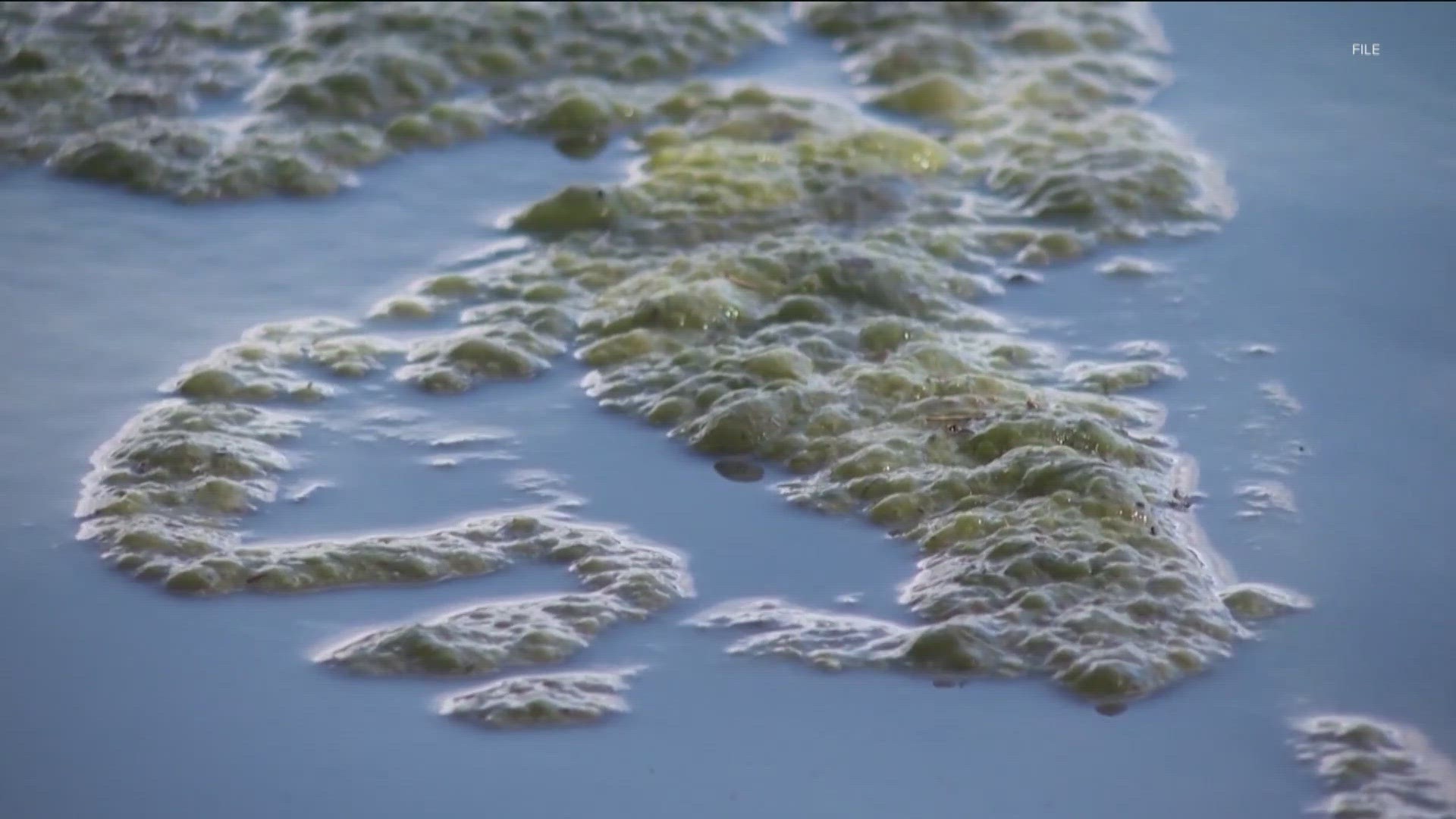AUSTIN, Texas — Austin Water is preparing its teams to deal with potential toxins that could appear in the city's drinking water.
The utility company said it continues to test raw source water from Lakes Austin and Travis, as well as treated drinking water from its Ullrich, Davis and Handcox treatment plants, for cyanobacteria and cyanotoxins.
Austin Water said it began testing for cyanotoxins in 2015 and since monitoring began, there has never been a detection of cyanotoxins above the EPA health advisory level in Austin's raw source water or treated drinking water.
Cyanobacteria, or blue-green algae, are microscopic organisms found in all types of water. In warm, nutrient-rich waters, the bacteria can quickly multiply, creating blooms that spread across the water's surface and potentially to drinking water.
Some cyanobacteria in algal blooms may produce toxins that can make people and animals sick. Since 2019, toxic blue-green algae in Lady Bird Lake and other local bodies of water has killed several dogs.
Austin Water said it has developed enhanced treatment protocols based on EPA guidance to be prepared for rapid response. On Wednesday, Austin Water's Incident Management Team and treatment plant staff conducted an emergency drill to practice implementing those protocols and to ensure they're prepared if a cyanotoxin event were to occur.
Austin Water said during the peak season for harmful algal blooms – May through October – tests for cyanobacteria are conducted twice a week. However, if there are indications that algae could produce cyanotoxins, those tests can be conducted more frequently.
Austin Water also routinely monitors for cyanotoxins even when there is no indication of the cyanobacteria that produce these toxins. Current tests are non-detect for cyanotoxins in raw source water or treated drinking water, according to Austin Water.

